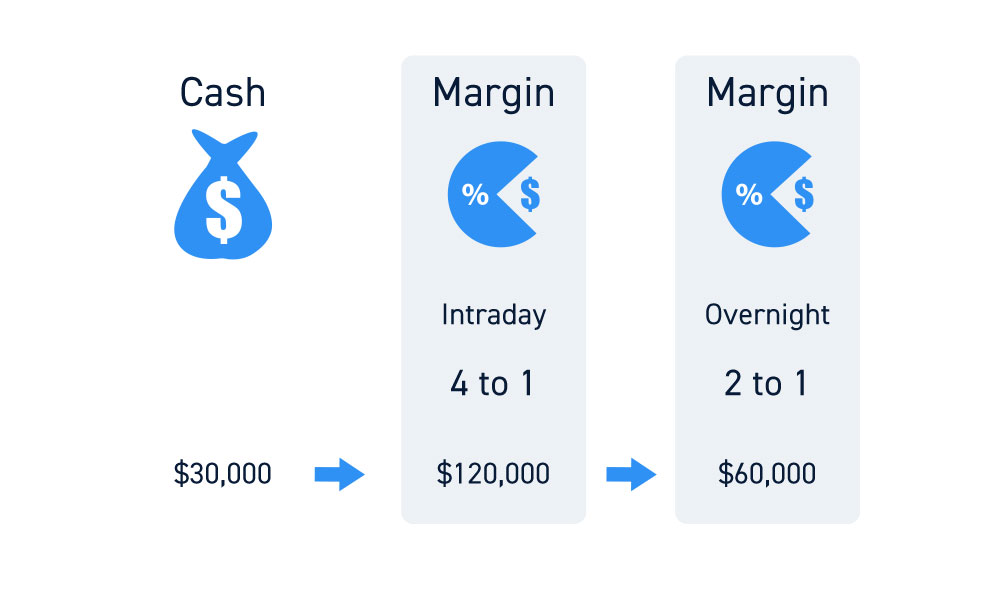Introduction
Traversing the dynamic realm of equity options can be akin to navigating a treacherous ocean without a compass. Day trading options imposes a unique set of challenges that demand a deep understanding of market dynamics and prudent risk management. Among the pivotal factors that separate successful day traders from their less fortunate counterparts is the concept of buying power. In this article, we will delve into the intricacies of day trading buying power for options, empowering you with the knowledge and strategies necessary to maximize your trading potential.
Unveiling Day Trading Buying Power
In the context of options trading, buying power refers to the amount of capital you have available to purchase options contracts. It is determined by your account size, along with other factors such as your trading level and risk tolerance. Unlike traditional stock trading, where you can buy and sell stocks with your available cash, options trading necessitates the use of margin. Margin is a loan from your broker that allows you to amplify your buying power, enabling you to control more contracts with less capital.
Calculating Your Buying Power
Each options contract represents 100 shares of the underlying asset. The buying power formula is relatively straightforward:
Buying Power = Account Value x Leverage

Image: daytradereview.com
Leverage refers to the amount of margin available to you. Margin is typically expressed as a ratio, such as 2:1 or 4:1. As an illustration, if your account value is $10,000 and you have 2:1 leverage, your buying power would be:
$10,000 x 2 = $20,000
With a buying power of $20,000, you could purchase up to 200 options contracts, assuming each contract has a premium of $100.
Understanding the Concept of Leverage
Leverage is a double-edged sword. On one hand, it provides the potential to magnify your profits. On the other hand, it can amplify your losses as well. It is imperative to utilize leverage prudently to minimize potential downsides. The greater the leverage, the more your profits are amplified on winning trades. However, you also expose yourself to greater losses on losing trades.
Managing Risk Through Day Trading Buying Power
Prudent risk management is the bedrock of successful day trading. Here are some key strategies:
• Option Premiums: Opt for options with lower premiums. Lower premiums reduce your overall exposure while still providing significant upside potential.
• Trade Small: Start by trading small, manageable positions. This helps you gauge your risk appetite and gain experience without risking significant capital.
• Diversification: Spread your trades across different options strategies, underlying assets, and expiration dates. Diversification can reduce the impact of losses on any single trade.
• Stop-Loss Orders: Employ stop-loss orders to limit your downside risk. Stop-loss orders instruct your broker to automatically sell your options at a predetermined price.
• Monitor Market Conditions: Stay abreast of market conditions, news events, and earnings announcements that may impact your trades.

Image: www.youtube.com
Day Trading Buying Power For Options

Image: centerpointsecurities.com
Conclusion
Mastering the intricacies of day trading buying power for options is a journey of knowledge, discipline, and sound risk management. By fully comprehending the concepts and strategies outlined in this article, you can enhance your chances of navigating the turbulent waters of day trading options and emerge as a seasoned trader. Remember, patience, persistence, and continuous learning are indispensable virtues in the pursuit of trading success.






